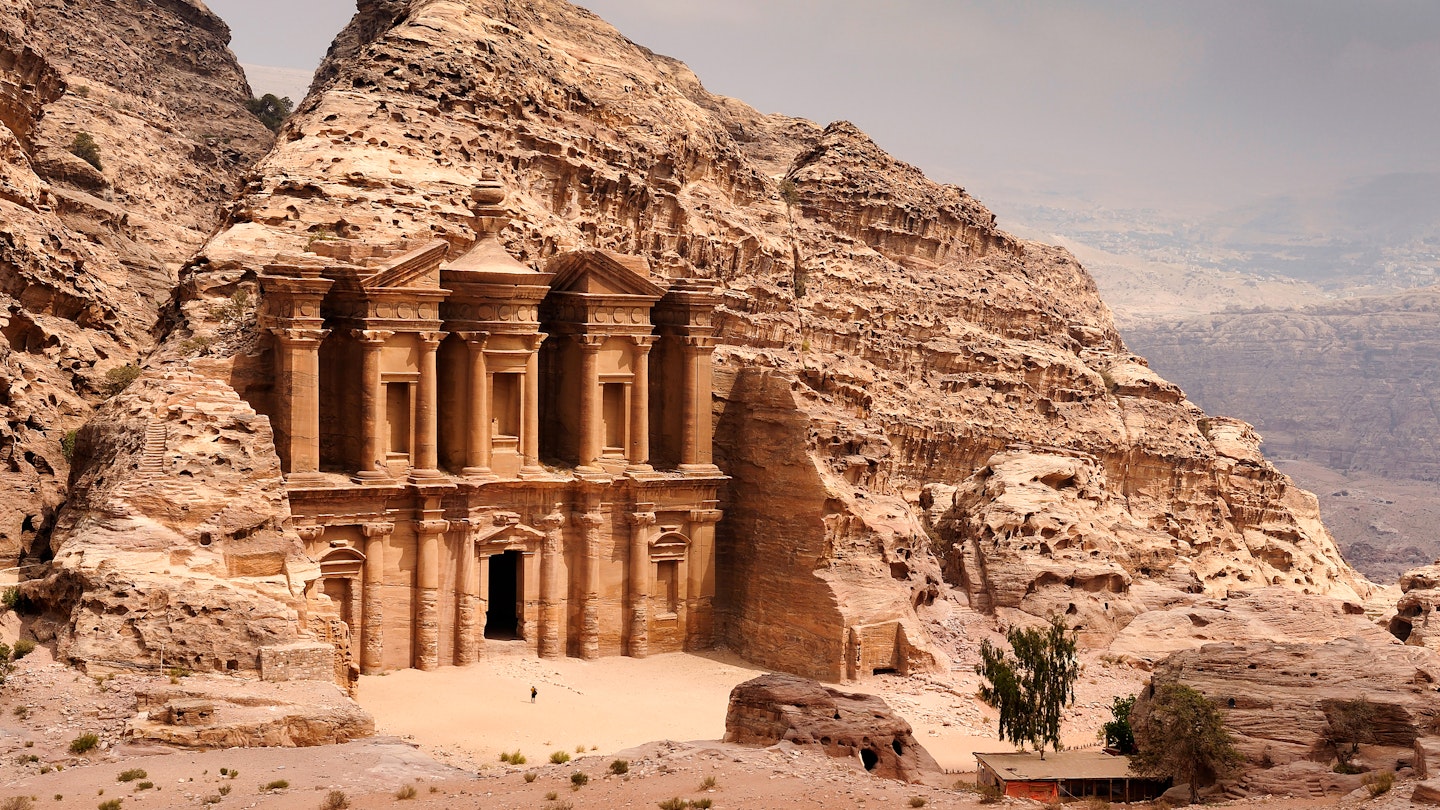How to Visit Petra Sustainably
Painstakingly hand-carved from rose-colored sandstone cliffs, the ancient city of Petra is Jordan’s most beloved attraction and a bucket-list destination for travelers worldwide. However, this fragile site, once a Bedouin secret, has suffered from overtourism. Consequently, Petra is often listed among the world’s most endangered sites, with visitor numbers soaring to over 1 million annually as of 2019, further exacerbated in the post-pandemic era.
Preserving Petra must be at the forefront of travelers’ minds to ensure we do not witness its slow decline. Here’s how to visit the site responsibly.
Visit Off-Season
Petra has two high seasons—March and April, as well as September and October—when the site can attract around 4,000 visitors daily. To experience the mystical Treasury without the throng, consider planning your trip during the winter months, from December to February. Although temperatures may be cooler, you may find yourself uncovering Petra’s secrets in solitude. If your travel dates are non-negotiable, arrive early; the site opens at 6:30 AM year-round, allowing you to enjoy a quieter visit before the larger crowds arrive.

Reconsider Whether You Need a Ride
The iconic scene of camels near the Treasury attracts many visitors to wander down the Siq, but it’s important to consider the treatment of these working animals. While collaborations with local Bedouin communities and the Jordanian government have enhanced the living conditions of these animals, instances of mistreatment persist. Moreover, the ancient city spans 264 square kilometers; attempting to cover it in a single day can lead to exhaustion. If you opt for a ride, prioritize the welfare of the animals: choose adult handlers, ensure the animals appear healthy, and always pay the correct fare to support the local economy.

Tread Lightly and Don’t Leave a Mark
The Nabataean civilization carved Petra’s stunning facades from sandstone, a material that is vulnerable to damage. With millions of tourists walking the site, the potential for irreversible harm increases. During your visit, choose footwear with a light tread and avoid using pointed hiking poles. Unfortunately, it’s common to see visitors etching names into the rock or climbing onto monuments. Let Petra leave its imprint on your heart instead of being marred by human interaction.

Shop Ethically
Petra remains a bustling marketplace for vendors selling their wares to the endless stream of visitors. However, as tourism increases, it’s essential to make informed choices while shopping:
-
Beware of so-called “authentic artifacts,” which may have been looted and are illegal to sell.
-
Avoid taking natural souvenirs, like colorful rocks or jars of sand, which detract from Petra’s beautiful landscape.
-
Be cautious of buying from children, as this practice can hinder their education.
Bring Your Own Water and Skip the Plastic Bottles
While indulging in a warm cup of Bedouin tea is a delightful experience, it’s advisable to avoid purchasing plastic water bottles. Instead, carry a reusable water container for hydration throughout your visit. This small act can significantly reduce the environmental burden in Petra.

Step Away from Petra’s Main Street
With over 800 registered sites, including 500 tombs, Petra offers much more than its main attractions. Most visitors confine themselves to the well-trodden paths, leading to congestion. Exploring the less-traveled trails, such as Al Kubtha, can enhance your experience significantly. One intriguing approach involves entering through the “back door” near the Monastery along the Jordan Trail, where you’ll likely find solitude. Engaging a local guide is recommended to navigate these paths, as signage may be lacking.

Stay Longer
Increasing visitor numbers place pressure on local resources. Many tourists only allocate one day for Petra, exacerbating the situation in this desert destination. However, your experience at Petra can be enhanced by spending more time here. Longer visits not only allow for a more meaningful exploration of this incredible site but also help alleviate the strain on local accommodations. Take full advantage of your visit to ensure the preservation of this iconic location for future generations.




